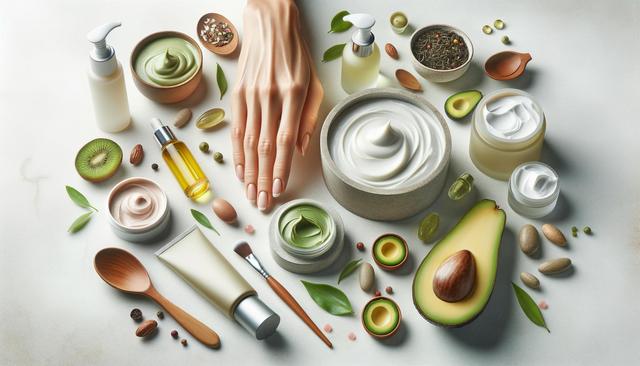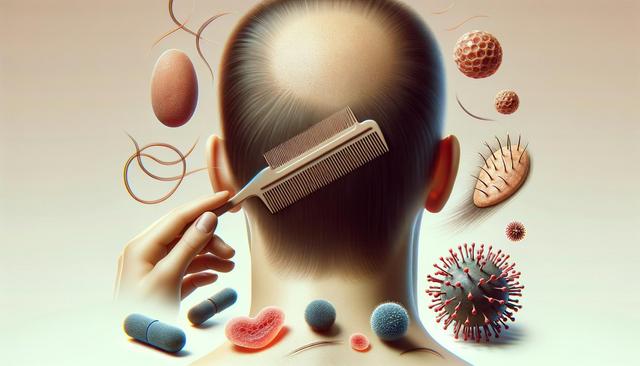Understanding the Causes of Wrinkles
Wrinkles are a natural part of aging, but understanding their causes can help you make informed decisions about prevention and treatment. As women age, the skin gradually loses collagen and elastin—two proteins essential for maintaining firmness and elasticity. Reduced oil production and slower cell turnover also contribute to the formation of fine lines. Environmental factors, such as sun exposure and pollution, accelerate these processes. Additionally, lifestyle choices like smoking, poor diet, and lack of sleep can exacerbate skin aging. It’s essential to identify which factors you can control to support healthier skin over time.
Common causes of wrinkles include:
- Excessive sun exposure (UV damage)
- Loss of collagen and elastin with age
- Repeated facial expressions (e.g. squinting or frowning)
- Dehydration and poor skin hydration
- Environmental pollutants and toxins
While you can’t stop the passage of time, recognizing these contributors offers a path toward better skincare planning and wrinkle management.
Daily Skincare Habits That Make a Difference
Establishing a consistent skincare routine is one of the most effective ways to reduce the appearance of wrinkles and prevent new ones from forming. The foundation of any anti-aging skincare regimen includes cleansing, moisturizing, and sun protection. Using products that contain ingredients like hyaluronic acid, peptides, and antioxidants can offer substantial support to aging skin. These components work to hydrate, repair, and protect the skin barrier, which is vital in maintaining a youthful appearance.
Key skincare habits to adopt include:
- Gentle cleansing twice daily to remove impurities
- Daily use of a broad-spectrum sunscreen with SPF 30 or higher
- Applying a hydrating serum with ingredients like hyaluronic acid
- Using a moisturizer suitable for your skin type
- Incorporating antioxidant-rich products, such as those with vitamin C
These practices are not quick fixes, but they create a strong foundation for long-term skin health and gradual wrinkle reduction.
Professional Treatments to Consider
If you’re seeking more targeted wrinkle treatments, professional options offer advanced solutions that go beyond at-home care. Dermatologists and licensed skincare professionals provide treatments that can significantly improve skin texture, tone, and elasticity. These procedures vary in intensity and cost, so it’s important to consider your skin type, goals, and budget before committing.
Popular professional treatments include:
- Microdermabrasion – exfoliates the skin and promotes cell turnover
- Chemical peels – remove dead skin layers and stimulate new growth
- Laser therapy – targets deeper skin layers to boost collagen
- Microneedling – enhances skin healing and collagen production
- Injectables – help relax facial muscles or add volume to smooth out lines
Each treatment has its benefits and potential side effects, which is why consulting a licensed professional is crucial to determine the most suitable approach for your unique skin needs.
Nutrition and Lifestyle: Inner Support for Outer Beauty
Your skin reflects your overall health, and nutrition plays a significant role in how your skin ages. A balanced diet rich in vitamins, minerals, and healthy fats can support skin elasticity and repair mechanisms. Staying hydrated is equally important, as sufficient water intake keeps the skin plump and supple. In addition to nutrition, lifestyle choices such as managing stress and getting quality sleep contribute to skin resilience.
To support wrinkle prevention from within:
- Eat foods rich in omega-3 fatty acids (e.g. fatty fish, flaxseeds)
- Incorporate antioxidant-rich fruits and vegetables
- Limit sugar and processed foods that can accelerate aging
- Exercise regularly to improve circulation and skin tone
- Prioritize sleep and stress management
These internal factors can significantly influence how your skin looks and feels with age, complementing topical treatments and skincare routines.
Choosing the Right Approach for Your Age and Skin Type
Wrinkle treatment is not one-size-fits-all. What works in your 30s may not be suitable in your 50s or beyond. Similarly, women with dry, sensitive, or oily skin will benefit from different products and treatments. Tailoring your approach to your age and skin type ensures that you’re addressing the specific needs of your skin without causing irritation or imbalance.
Here’s a general guide by age range:
- 30s: Focus on prevention with sunscreen, antioxidants, and hydration
- 40s: Add retinoids and start considering professional treatments
- 50s and beyond: Emphasize moisture retention, skin repair, and possibly injectables
Additionally, always consider your skin’s sensitivity. For example, if your skin is prone to redness or dryness, opt for gentle, fragrance-free formulas. Consulting a dermatologist can help tailor a plan that aligns with your skin’s current condition and long-term goals.
Conclusion: Empowering Women Through Informed Skincare Choices
Every woman deserves to feel confident in her skin at any stage of life. Wrinkle treatment is about more than just reversing signs of aging—it’s about embracing self-care, making informed decisions, and building habits that support long-term skin health. Whether you’re just beginning to notice fine lines or looking for advanced options, understanding your skin and its needs is the first step toward lasting results. With the right combination of daily habits, professional guidance, and healthy living, smoother and more resilient skin is a realistic and empowering goal.


